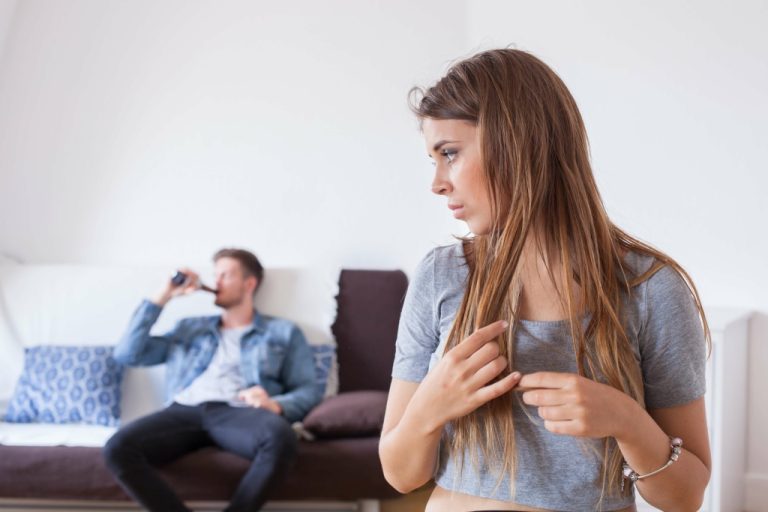The negative binomial distribution was determined to be the best fit across all substance use variables and used for all pathways predicting substance use. The bidirectional associations between negative self-conscious emotions such as shame and guilt and substance use are poorly understood. Longitudinal research is needed to examine the causes, consequences, and moderators of negative self-conscious emotions in people who use substances.
Cultivate self-compassion by treating yourself with kindness and understanding, just as you would a dear friend facing similar struggles. Mistakes are a natural part of life, and it’s normal to experience guilt when you have or feel that you have done something wrong. In fact, guilt can be a constructive emotion because it helps you learn and grow in your personal life. If you hurt someone and feel guilty about it, you won’t want to do it again.
Five Facts About How To Address Shame and Guilt During Addiction Recovery:
Therapy plays a crucial role in addressing these negative emotions. Cognitive behavioral therapy (CBT) can be very helpful in assisting individuals to comprehend their addiction cycle and create more beneficial methods of dealing with situations. People who are guilt-prone are more likely to self-forgive, while people who are shame-prone are less likely to self-forgive (McGaffin et al., 2013).
- Shame is a much harder emotion to overcome, now linked to mental health issues, addiction diagnosis, and irrational behaviours.
- Over time, the client develops new coping mechanisms and gains confidence in handling difficult emotions.
- These behavioral expressions help explain why guilt is generally prosocial while shame is generally not prosocial.
- Getting people to understand the difference between guilt and shame — confronting their guilt and letting go of their shame — often forms the foundation for many of the interventions we do with patients and families.
- Were substance use, emotions and depressive symptoms measured at each time point (baseline, 3, 6, 12, 15 months)?
When we harm someone it is normal and healthy to feel bad about it, to experience regret and to wish we could take it back or do something to make the person feel better. What isn’t healthy is to continually beat ourselves up for our offense and to determine that we are a bad person because of it. Furthermore, peer support groups or recovery communities allow you to share your experiences and learn from others.
Individual and Group Therapy in Easton PA
In general, guilt expresses itself in repair-oriented behaviors, while shame generally expresses itself in escape- and withdrawal-oriented behaviors. These behavioral expressions help explain why guilt is generally prosocial while shame is generally not prosocial. Regardless of whether one is feeling guilt or shame, though, there are ways to overcome these feelings. In general, guilt and shame are both a response to having wronged someone. One study examined the psychological processes that led to guilt to be a prosocial emotion (Graton & Ric, 2017).

Guilt is ok when it is warranted for the right reasons but when it consumes you and your emotions, it can get in the way of your healing & recovery process. Shame is considered a “self-conscious emotion” by many mental health professionals. While guilt is acknowledging and feeling bad that you guilt and shame in recovery did something you should not have, shame is internalizing guilt and believing that you, yourself are bad because of the bad things you have done. Our content does not constitute a medical or psychological consultation. See a certified medical or mental health professional for diagnosis.

